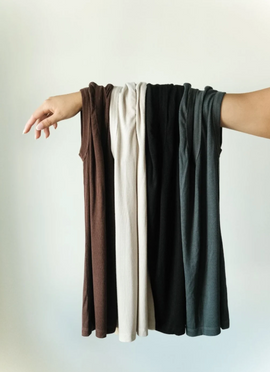La Peony seeks to continue its commitment to supporting the needs of the artisan communities that collaborate with us.
As we mentioned in previous blogs, one of the main results of the research we carried out with the various groups of artisans was that training is a very important need. By following up on the professionalization of their work, these artists gain access to better opportunities to grow their talent. LPC has been running a training program aimed at the artisan groups we collaborate with, focusing on the areas where they themselves requested support.
This time, we had the opportunity to visit La Unión de Artesanos de Santo Tomás Jalieza. This group is made up of more than 40 artisans who have been working together for over 60 years in this social cooperative, and who have collaborated with LPC since its beginnings.
We were delighted to see that new young artisans have joined the group, and that the new generations continue with the legacy and genuine interest of preserving traditions.

We also had the pleasure of meeting the new committee. In past articles, we shared with you that this group stands out for its exemplary organization of operations and for strictly following the principles of forming a social cooperative in Mexico. Part of these functions is the yearly change of the committee in charge of leading the group. In this group, the committee change takes place every July through a voting process.
This is the fifth committee we have collaborated with, and we have witnessed the commitment that every woman who has held these positions has shown in all of their activities.
The workshop we shared this time was “Fashion Trends Workshop.” It is important to note that the work of these artisans goes beyond textile applications, as they have developed a variety of products and uses that extend beyond women’s accessories. They also weave household items such as table runners, cushion covers, and more.

In the workshop, we reviewed trends in colors, shapes, and uses of various products and their applications. We also emphasized the importance of always keeping up with trends to adapt designs to the tastes and preferences of the market. While there is undeniable unique value in Mexican textile craftsmanship, and the diversity of colors is the hallmark of this Mexican art, it is also essential to respond to fashion and the preferences of the new generations.

We also addressed the importance of being creative and breaking paradigms, aiming to develop new products and test them. Among the innovative handmade products the artisans created, we can highlight: car mats, dog clothing, bathroom sets, textile jewelry, among others—items they do not usually design or weave.
The artisans reflected on the importance of listening to customers, daring to try new ideas, and trusting their own creativity and talent.
These workshops, in addition to providing updated knowledge that can be applied immediately to their ideas and new projects, also give them the opportunity to come together, share, exchange proposals, and join efforts. They give the artisans a chance to get to know one another, to recognize their own potential and that of their peers, and to put into practice many ideas that often remain only in their minds.

We thank La Unión de Artesanas de Santo Tomás Jalieza for their openness and trust in allowing us to support them in preserving these Mexican traditions, and we enthusiastically look forward to the next training session.






